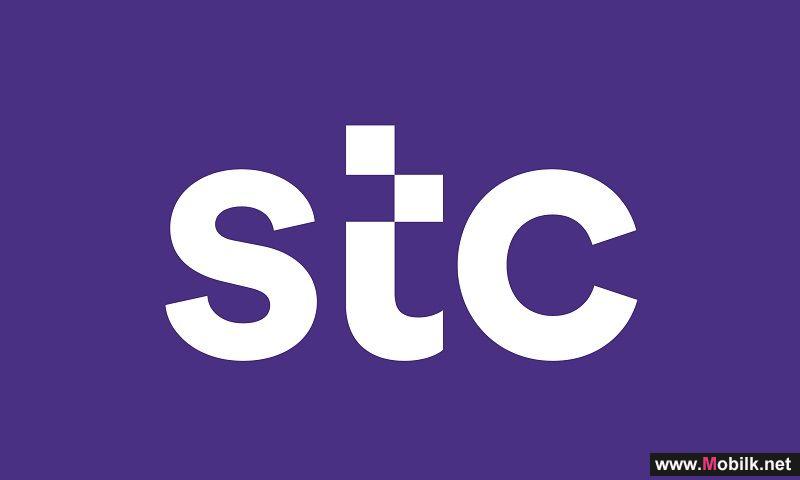‘Flash’ Forward: What IT Managers Ought To Know
Mobilk - Although a majority of storage systems installed around the world are still based on hard disks, a recent 451 Research report determined that flash storage is rapidly catching up and is now accepted as mainstream. This is true for the Middle East where IT storage infrastructure is still greenfield and enterprises have an appetite for adopting the latest technologies.
All-Flash storage guarantees higher performance
Although flash is a storage medium by nature, it bears no similarity to hard disk in terms of performance, endurance and generic behavior. The benefit of hard disks over flash storage, is that they are able to store data at lower costs, per raw gigabyte. But the benefits stop there!
While flash storage enables thousands of IOPS per SSD, hard disks struggle to provide more than one hundred IOPS per HDD. Some argue that this shortcoming of hard disks can be overcome by opting for hybrid arrays (combination of a little flash storage with a large number of disks). However as soon as the hybrid flash tier is bypassed or overrun due to an increase in random access or a change in the datasets, the performance and more importantly the latency, will suffer enormously. This is because the read-write speed of hard disks is very slow (in the double-digit millisecond range).
All-flash arrays on the other hand, can sustain high performance and consistent sub-millisecond latency because there is no tiering layer as all the data is kept on flash storage. The lowest common denominator to performance and latency is the all flash tier.
Asymmetry in read-write processes of flash arrays improves endurance
The performance benefits of flash storage are already well-known; the short latency times and the capability to supply hundreds of thousands of IOPS, ensure that virtual desktop infrastructures (VDIs) respond significantly quicker, virtual server infrastructures (VSIs) can be managed on a more predictable and simpler basis, and databases and business analytics applications can be expedited.
To achieve these performance benefits and to be more reliable and also more affordable, than mechanical disks, flash storage cannot be treated like mechanical hard disks. For example, in case of flash storage, read processes are free and write processes expensive – behavior which is the opposite to that of hard disks. The read and write processes are largely asymmetrical, because it takes a lot more time to delete a flash cell and write it again than to read it. So when designing a storage system based on flash storage, this asymmetry is the key to guaranteeing a predictable, high performance and highly available experience. To extend the life of the flash storage array, you will want to significantly minimize the number of write processes, while not being concerned about read processes.
Data reduction makes flash storage competitive
If you look at the price per gigabyte, despite the rapid drop in price, flash storage still costs more than hard disk storage. State-of-the-art AFAs cancel out this discrepancy by simply reducing the raw capacity required to store the usable and active data.
1. Data duplication: Ensures that each data block which is stored on the array is unique
2. Data compression: Reduces the capacity needed to store each of these individual data blocks
3. Thin provisioning: Combining supporting procedures such as storage reclamation (SCSI t10 UNMAP) and zero or pattern removal, provides thin provisioning to guarantee that storage capacity is used only by active applications and user data, and not by volume managers, formatting, and deleted data.
Flash arrays thus remove everything superfluous which automatically accumulates when storing data on hard disks. All-flash arrays consequently enable companies to speed up their databases in order to reap business and competitive benefits, and to make mobile users happy with the high-speed response of the VDI environment. Flash Storage ensures that cloud environments (in other words VSI environments) are simple to provide and operate, and that even the most demanding business-critical tasks can be executed. It is impossible not to recognize the all-flash advantages for VDI, VSI and Database environments.
The all-flash data center is coming
Now that the price hurdle has been removed and all-flash storage systems today cost the same as hard disks, it is no surprise that companies are turning their backs on hard disk systems, and making the switch to flash storage. It is only a matter of time before flash is used as volume storage, for example for seismic analyses, design and CAD, Big Data Analytics, or the Internet of Things (IoT).
The analyst group, 451 Researchs view that the drop in prices is an advantage for all-flash systems is another driver for the enablement of the all-flash data center. Why should companies forgo the simplicity and the operational savings which result from consistently higher performance and lower latency if it doesn’t cost more than traditional disk storage? The next few years will probably answer these question.
Reports and Studies
China Telecom Global Limited (CTG), the world-leading provider of integrated telecommunication services, has signed a strategic subsea capacity and..
Reports and Studies
Espoo, Finland – Nokia, Qualcomm Technologies, Inc., and T-Mobile today announced that they have achieved a worlds first showcase of successfully..
Reports and Studies
Steven Yi, President of Huawei Middle East and Central Asia, gave a keynote on the second day of LEAP, Saudi Arabias largest and most comprehensive..

 Vodafone Oman
Vodafone Oman Emirates Telecom
Emirates Telecom  Ooredoo Om
Ooredoo Om Ooredoo Qa
Ooredoo Qa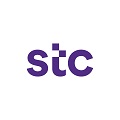 stc Bahrain
stc Bahrain Orange Egypt
Orange Egypt Mobily
Mobily Zain Jo
Zain Jo omantel
omantel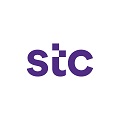 STC
STC Emirates Du
Emirates Du Asiacell
Asiacell Etisalat Egypt
Etisalat Egypt 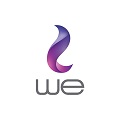 Telecom Egypt
Telecom Egypt jawwal
jawwal Orange Jo
Orange Jo Umniah
Umniah Zain Sa
Zain Sa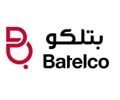 Bahrain Batelco
Bahrain Batelco Zain Bh
Zain Bh Wataniya palestine
Wataniya palestine Kuwait Viva
Kuwait Viva  Zain Kw
Zain Kw Vodafone Qa
Vodafone Qa MTN Syria
MTN Syria Syriatel
Syriatel Sabafon
Sabafon Zain Iq
Zain Iq MTN Yemen
MTN Yemen Ooredoo Kw
Ooredoo Kw Vodafone Egypt
Vodafone Egypt  Samatel
Samatel Huawei
Huawei Samsung
Samsung MOTOROLA
MOTOROLA Lenovo
Lenovo Alcatel
Alcatel LG
LG Nokia
Nokia HTC
HTC Sony Ericsson
Sony Ericsson Siemens
Siemens BlackBerry
BlackBerry Acer
Acer Asus
Asus Sony
Sony VK
VK BenQ-Siemens
BenQ-Siemens APPLE
APPLE Eten
Eten Sagem
Sagem Panasonic
Panasonic HP
HP Amoi
Amoi Toshiba
Toshiba Sonim
Sonim Sharp
Sharp Bird
Bird Mitac
Mitac Philips
Philips Vertu
Vertu Pantech
Pantech Micromax
Micromax Haier
Haier Maxon
Maxon Gigabyte
Gigabyte I-mate
I-mate I-mobile
I-mobile Kyocera
Kyocera BenQ
BenQ Microsoft
Microsoft Connect
Connect Telit
Telit Sendo
Sendo Mitsubishi
Mitsubishi SEWON
SEWON NEC
NEC DELL
DELL Thuraya
Thuraya Be
Be Qtek
Qtek Bosch
Bosch Palm
Palm MWG
MWG Neonode
Neonode Fujitsu Siemens
Fujitsu Siemens WND
WND O2
O2 INQ
INQ Innostream
Innostream XCute
XCute Benefon
Benefon Google
Google












